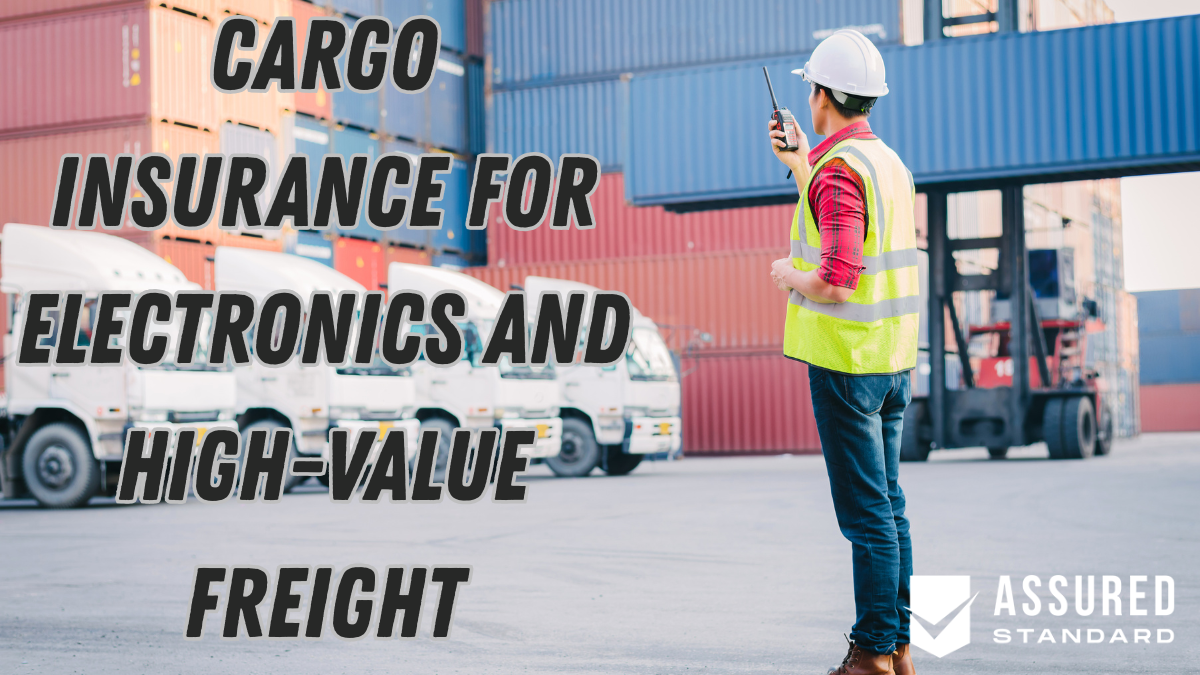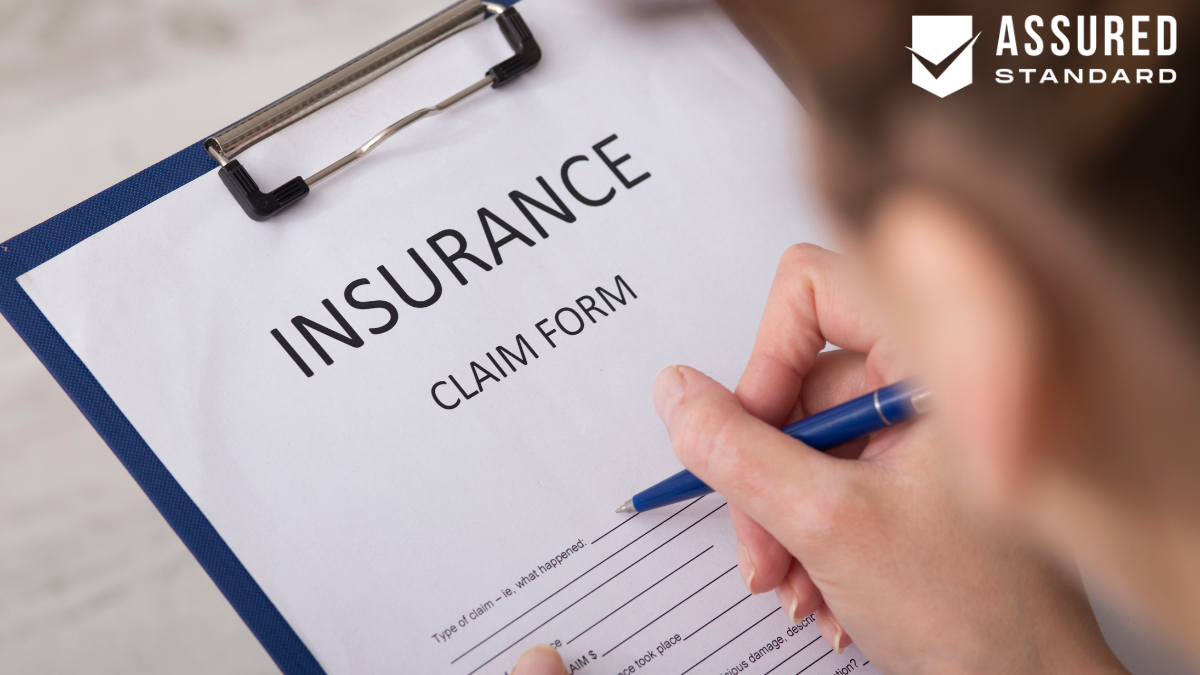
When it comes to shipping electronics and high-value freight, we can't overlook the necessity of cargo insurance. It's our safeguard against the unpredictable, covering theft, damage, or environmental mishaps during transit. With various coverage options available, we can tailor policies to suit our unique needs. But how do we choose the right coverage? And what factors should we keep in mind to guarantee our shipments are truly protected?
When it comes to transporting electronics, we can't overstate the importance of cargo insurance. Electronics aren't only expensive but also fragile, making them vulnerable to damage, theft, and other unforeseen risks during transit.
As businesses, we rely on these high-value items for operations and customer satisfaction, so protecting them is essential. Without insurance, we risk significant financial losses that could impact our bottom line.
Imagine a shipment of laptops or smartphones lost or damaged—it’s not just about the immediate loss, but also the disruption to our supply chain and customer commitments. Cargo insurance acts as a safety net, ensuring that we’re covered if the worst happens.
It’s about peace of mind and safeguarding our investments in a competitive market.

While understanding the importance of cargo insurance is essential, it's equally important to know the types of coverage available for our high-value shipments. We need to make informed decisions to protect our electronics and valuable freight.
All-risk coverage is thorough, safeguarding against various potential losses except those explicitly excluded. It's our go-to for maximum protection.
On the other hand, named perils coverage is more specific, only covering risks listed in the policy, like theft or damage from accidents.
For those who prefer a middle ground, we might consider total loss coverage, which only kicks in if the entire shipment is lost.
Choosing the right type of coverage guarantees that our investments are secure and our peace of mind is intact.
Electronics and high-value freight face unique risks that demand our careful attention and proactive measures.
To safeguard our investments, we must understand these potential threats. Damage during transit is a significant concern, as fragile components can be compromised through mishandling. Theft is another prevalent risk due to the high resale value of electronics, attracting unwanted attention.
Environmental factors, such as humidity and temperature fluctuations, can also cause irreparable harm to sensitive devices. Ultimately, logistical errors, like misrouting, can lead to delays and additional costs.
Recognizing these risks enables us to take proactive steps in protecting our valuable shipments.
How do we navigate the complex landscape of selecting the right cargo insurance policy for our electronics?
First, we need to assess the coverage options available. Does the policy cover theft, damage, or loss during transit?
We should also consider the reputation and reliability of the insurer. Are they known for prompt claim processing and customer service?
Let’s not forget to examine the exclusions and limitations. What scenarios might leave us unprotected?
Evaluating the policy’s cost-effectiveness is essential. Is the premium reasonable in relation to the coverage offered?
Finally, let’s guarantee the policy aligns with our shipping routes and modes.

Understanding the true value of our electronics is essential when insuring them. Without an accurate valuation, we risk underinsuring our goods, leaving us vulnerable to significant financial loss in case of damage or theft.
To assess their value properly, we must consider several key factors:
As we tackle the best practices for securing our shipments, let's focus on effective risk assessment strategies and the importance of proper packaging and labeling.
Identifying potential risks helps us prepare for and mitigate issues before they arise. Proper packaging and clear labeling guarantee our electronics reach their destination safely and efficiently.
Effective risk assessment strategies are essential for securing your electronics shipments. By evaluating potential risks early, we can prevent costly mishaps.
First, we should identify and analyze the specific risks associated with transporting electronics. This involves understanding the unique vulnerabilities of our high-value freight.
Here are some strategies to contemplate:
When it comes to guaranteeing the safe transport of our electronics, proper packaging and labeling are essential. We must choose sturdy materials like double-walled corrugated boxes and anti-static bubble wrap to protect sensitive components.
Reinforcing edges with corner protectors prevents damage during handling. It’s vital to seal boxes with strong adhesive tape, making sure contents remain secure throughout transit.
Labeling is just as important. Clear, visible labels indicating "Fragile" or "Handle With Care" alert handlers to exercise caution. Including detailed shipping and return addresses can prevent misdelivery.
We should also add a packing list inside for easier identification upon arrival. By following these best practices, we reduce the risk of damage and guarantee our electronics reach their destination safely and intact.
As we explore cargo insurance for electronics, let's consider some common exclusions that might surprise us.
We should pay attention to perils not covered, certain excluded commodity types, and policy value limitations that may impact our coverage.
Understanding these exclusions helps us make informed decisions when protecting our valuable shipments.
Why do some perils slip through the cracks in cargo insurance policies? We often find ourselves asking this when unexpected events occur, leaving our high-value freight unprotected.
Insurers include specific exclusions to manage risk and keep premium costs reasonable. It’s essential to understand these exclusions so we can mitigate potential losses.
Common perils not covered might include:
While cargo insurance is essential for protecting our shipments, not all goods qualify for coverage under standard policies. Insurers commonly exclude certain high-risk commodity types, and understanding these exclusions is vital for us.
Items like jewelry, precious metals, and fine art often don't make the cut due to their high value and theft risk. Additionally, live animals and perishables like fresh produce are usually excluded because of their susceptibility to damage and spoilage.
Moreover, many policies won't cover hazardous materials due to the risks they pose during transit.
It’s important that we review our insurance terms carefully to identify any excluded items. By doing so, we can explore specialized insurance options if needed, ensuring we’re adequately covered and prepared for unexpected occurrences.
Cargo insurance policies often have specific value limitations that can greatly impact the level of coverage we receive. Understanding these limitations is essential, especially when dealing with electronics and high-value freight. We must be aware of the potential gaps in our coverage to guarantee we're adequately protected.
Common policy value limitations include:
Being informed helps us make better insurance decisions.

Filing a claim for damaged or lost electronics shipments can feel challenging, but understanding the process helps simplify it.
First, we need to document everything promptly. Take photos of the damage or note what’s missing, and keep all shipping documents.
Then, notify our insurance provider as soon as possible, adhering to any deadlines they set. Filling out the claim form accurately is essential, guaranteeing we include all necessary details, like shipment value and description.
Let’s not forget to attach any supporting documents, such as invoices or receipts. Our insurer might request additional information, so staying responsive is key.
Finally, we should follow up regularly, maintaining communication with the insurer to confirm our claim is processed efficiently.
In wrapping up, we can't stress enough the importance of selecting the right cargo insurance for your electronics and high-value freight. By choosing the appropriate coverage, understanding policy limitations, and taking proactive steps like documenting shipments, we can better protect our valuable goods from unforeseen risks. Let's work together to guarantee our shipments are secure and claims processes are smooth. After all, safeguarding our assets is a vital step in maintaining business success and peace of mind.
![]()